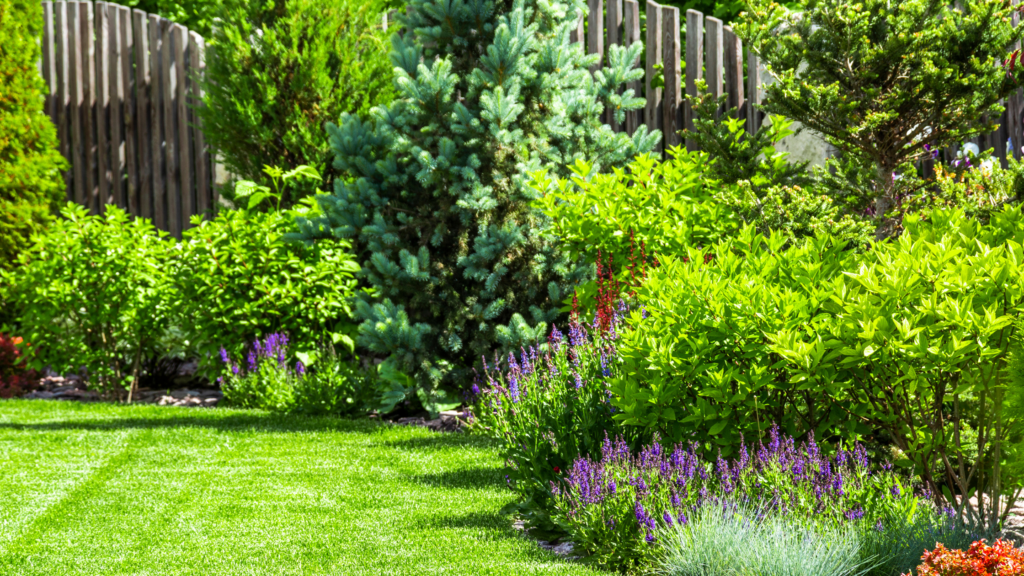Top Dressing and Aeration: The Keys to a Healthy Lawn
If you want a healthy lawn, top dressing and aeration are two key steps that you shouldn't overlook. Topdressing is the process of adding a thin layer of soil or other material over the surface of your lawn which helps to fill in any holes or depressions and also helps to improve the overall appearance of your lawn. Aeration is the process of perforating the soil with small holes in order to allow air, water, and nutrients to reach the roots of your grass plants. Both top dressing and aeration are important for maintaining a healthy lawn and in this blog post, we discuss the benefits of each and how you can incorporate them into your lawn care routine!




 Enjoying fresh, homegrown produce throughout the year is easy with a vegetable garden and you’ve probably already started planning your autumn crops if you’ve got an established veggie garden! Planting seasonal vegetables as the weather cools is a great idea because the soil remains quite warm and your plants will start growing right away.In this article, we'll discuss what you should be planting as we move into autumn so you can enjoy homegrown veggies soon!
Enjoying fresh, homegrown produce throughout the year is easy with a vegetable garden and you’ve probably already started planning your autumn crops if you’ve got an established veggie garden! Planting seasonal vegetables as the weather cools is a great idea because the soil remains quite warm and your plants will start growing right away.In this article, we'll discuss what you should be planting as we move into autumn so you can enjoy homegrown veggies soon!







